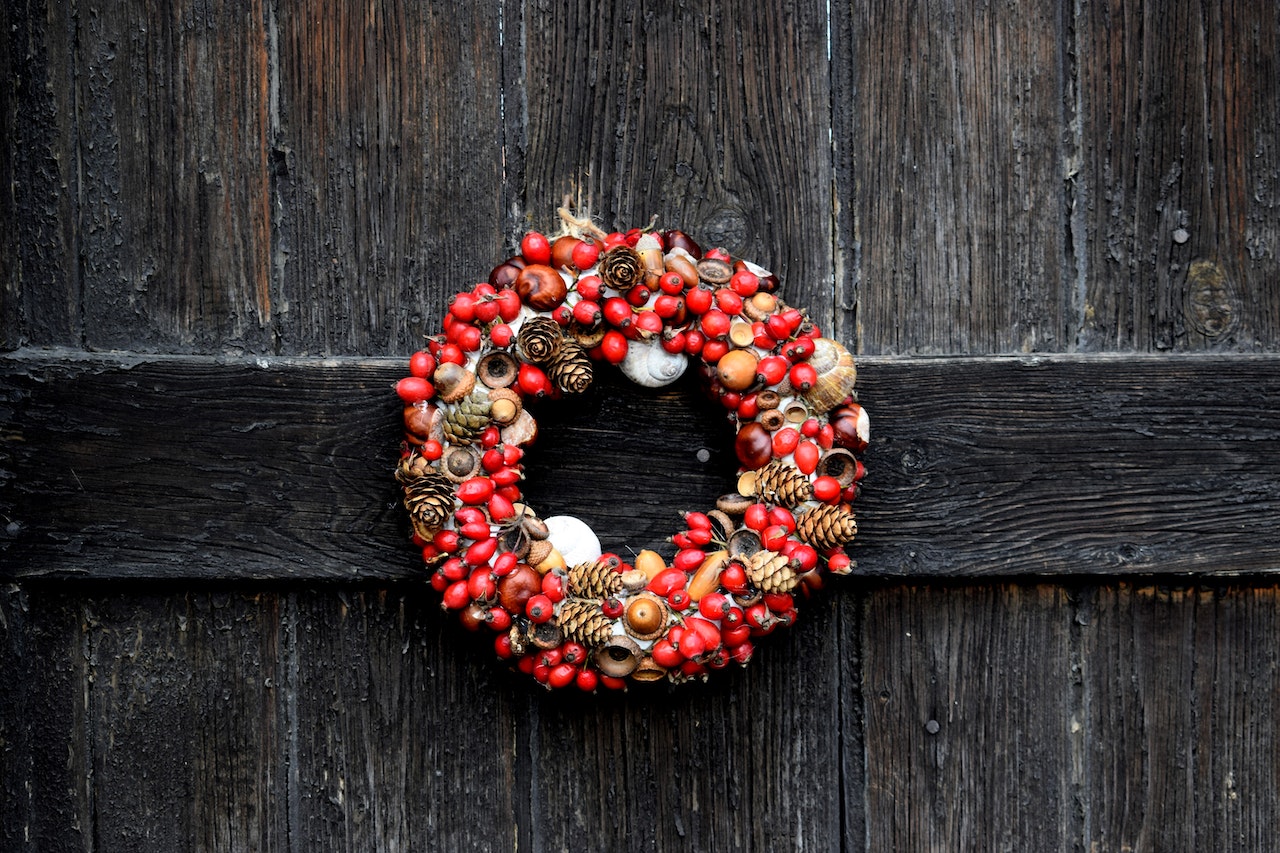
As we approach the holiday season, homes and buildings adorn themselves with beautiful wreaths and garlands to celebrate the spirit of Christmas. However, did you know that Christmas wreaths and garlands have different traditions in different cultures? From the Christian tradition to pagan and secular practices, each culture has its unique way of celebrating the festive season through the use of decorative foliage.
The History and Significance of Wreaths and Garlands in Christmas Celebrations Around the World
One of the most common Christmas decorations is the wreath, a circular arrangement of evergreen leaves and branches that is hung on doors and walls as a symbol of welcome and hospitality. While wreaths are prevalent in Christian traditions, their origins can be traced back to pre-Christian cultures who used them as a symbol of the cycle of life and rebirth. In Ancient Rome, for instance, wreaths were used to crown the victors of games and battles, and in the Nordic pagan traditions, wreaths were used to celebrate the winter solstice, symbolizing the sun’s return after the dark winter months.
Additionally, in Greece, wreaths made of olive branches were used to crown the victors of the Olympics, while in China, wreaths made of flowers and fruits were used to celebrate the Chinese New Year. Therefore, while the wreath is commonly associated with Christmas, its symbolism goes beyond just that, and each culture has its unique way of using it to celebrate its festivals.
Similarly, garlands, which are made of evergreen branches, flowers, and other festive decorations, are also widely used during Christmas celebrations. While garlands are also prevalent in Christian traditions, they also have their roots in pre-Christian and pagan cultures. In Northern European pagan practices, garlands were used to adorn homes as a symbol of welcoming the light of the sun back into their lives after the long, dark winter.
In India, garlands play a crucial role in the Hindu holiday of Diwali, as they are used to decorate homes and temples as a symbol of welcoming the deities and good luck. In Mexico, garlands of paper flowers are used to decorate homes and streets during the celebration of Dia de Los Muertos (The Day of the Dead), where it is believed that the garlands guide the souls of the deceased to their loved ones.
In conclusion, it is fascinating to know that the use of festive foliage such as wreaths and garlands goes beyond just Christmas and the Christian tradition. Indeed, the use of such decorations has been a symbol of various cultures’ beliefs and traditions for centuries. As the holiday season nears, let us take a moment to appreciate the diversity of Christmas decorations, and how they reflect various cultures’ unique perspectives on the joy and symbolic significance of the festive season.
